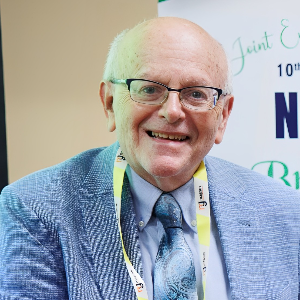Novel Psychoactive Substances and Emerging Drug Trends
Synthetic compounds that mimic traditional drugs but skirt legal frameworks are complicating addiction landscapes. The proliferation of novel psychoactive substances and emerging drug trends poses significant risks due to unpredictable potency and side effects. These substances often evade detection by standard drug screens, challenging clinicians during diagnosis and treatment. From synthetic cannabinoids to designer stimulants, their impact can be severe, leading to hospitalizations, psychosis, or fatal overdoses. Monitoring systems and toxicological advancements are now essential in keeping pace with new variants. Public awareness campaigns, rapid policy adaptation, and global data sharing are crucial to curbing the spread and harm of these unpredictable substances.

Nile Stanley
University of North Florida, United States
Ann Marie Leonard Zabel
Curry College, United States
Edie Raether
NeuroShifts and Wings for Wishes Academy, United States
Owonaro Peter
Bayelsa State Drug Avuse Addiction Prevention and Rehabilitation Committee (BADAPARC), Nigeria
Sindu Padmanabhan
Bharathiar University, India
Andrew Drasen
A Vision of Hope Media, United States




Title : Integrating bibliopoetry therapy and digital health technologies for inflammation management: A neuropsychosomatic perspective
Nile Stanley, University of North Florida, United States
Title : Evaluation of prevalence and pattern of tobacco use in yenagoa city in bayelsa state south of nigeria
Owonaro Peter, Bayelsa State Drug Avuse Addiction Prevention and Rehabilitation Committee (BADAPARC), Nigeria
Title : Engaging learners through gamification, creativity, and human-centered design
Tero Moliis, Versantium, United States
Title : Neuropharmacological and regulatory drivers of tianeptine misuse in the united states: A growing public health concern
Darcy Tocci, NSU College of Pharmacy, United States
Title : Awakening sovereignty within: Healing trauma, releasing codependency, and returning to self-trust
Whitney Walker, Mental Health Therapist/ Podcast Host, United States
Title : You can save a life: Real conversations, real solutions for suicide prevention
frank King, The Mental Health Comedian, LLC, United States